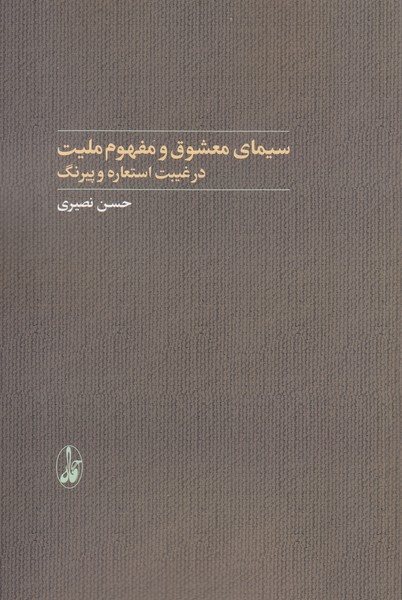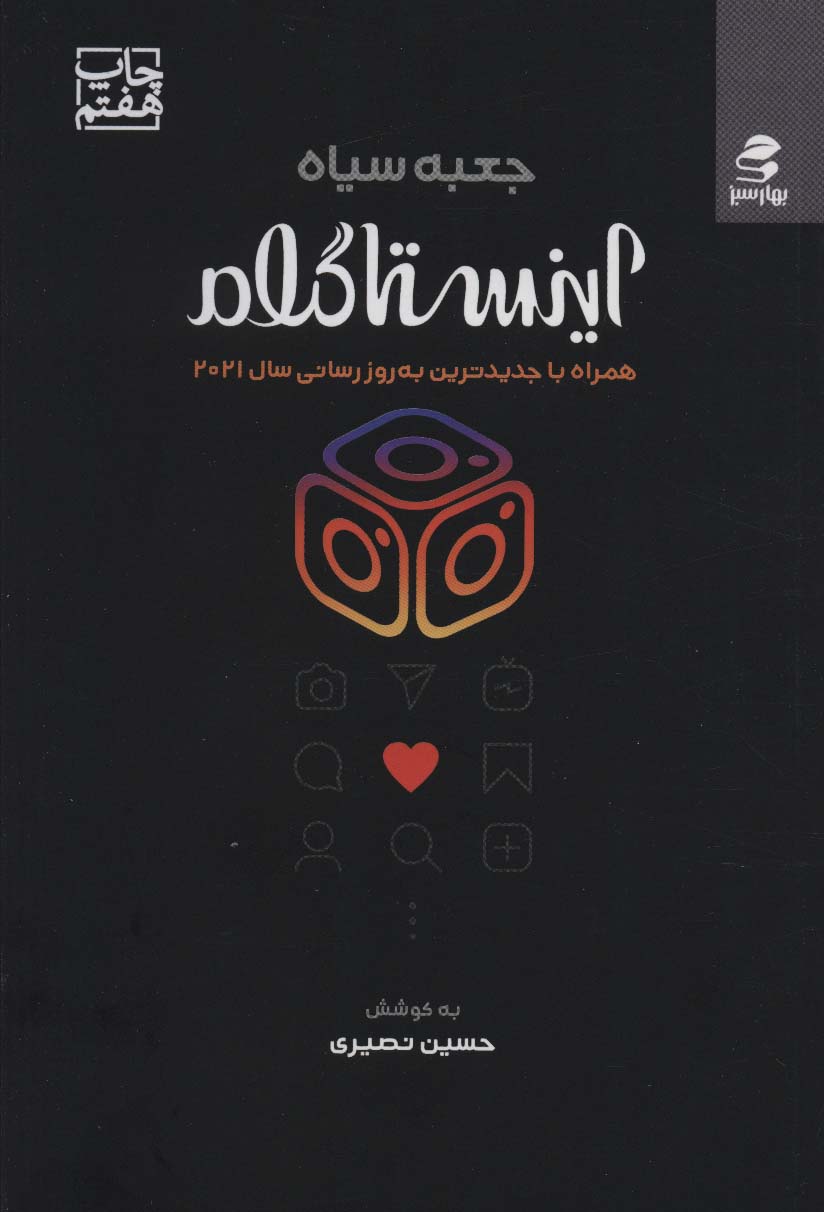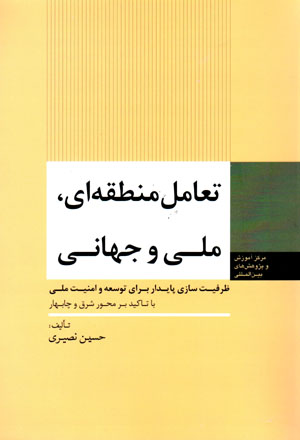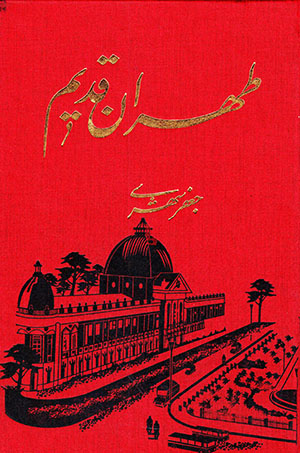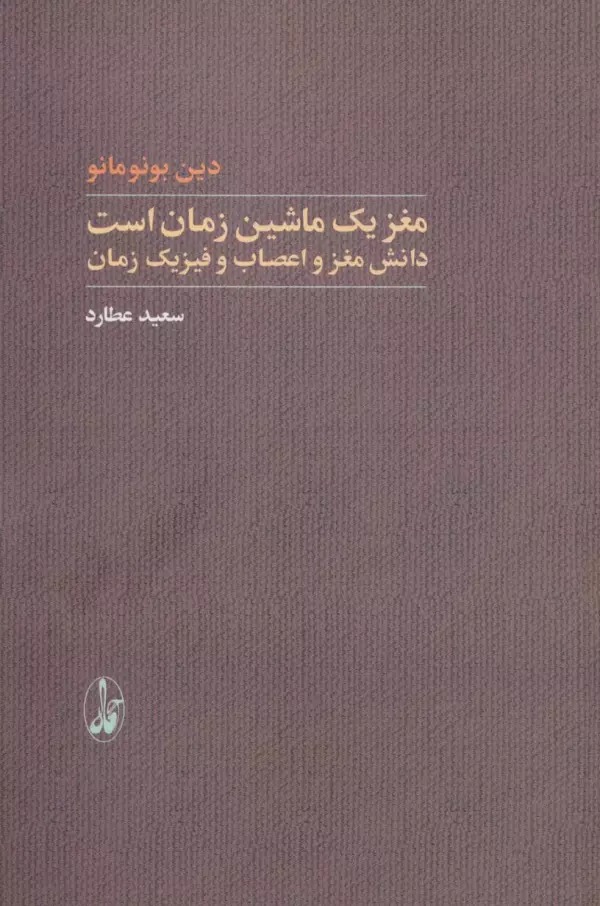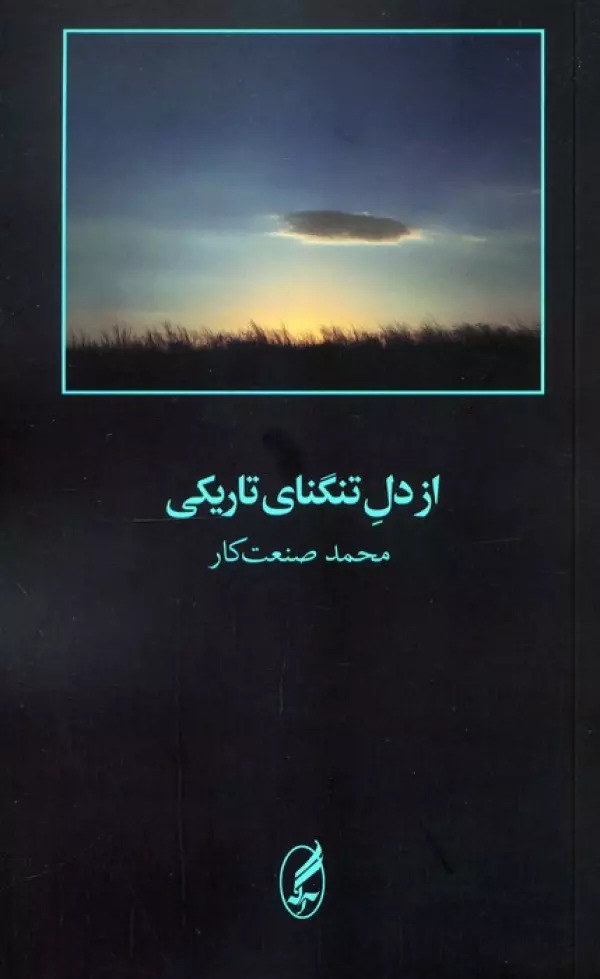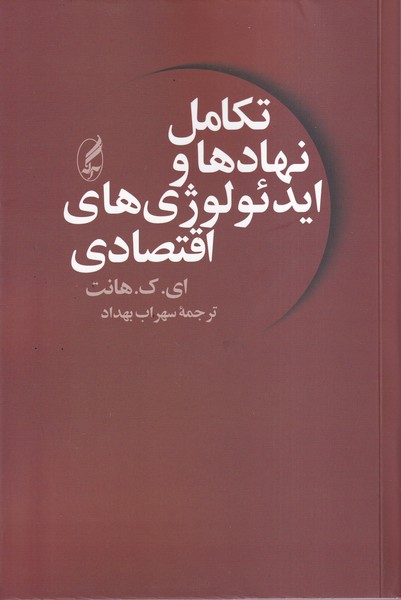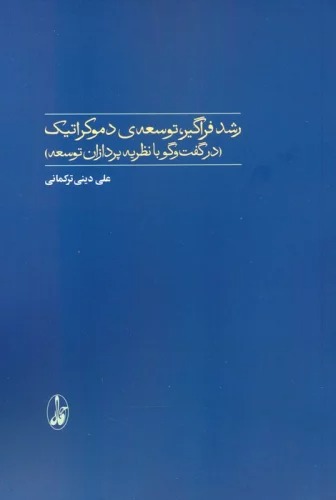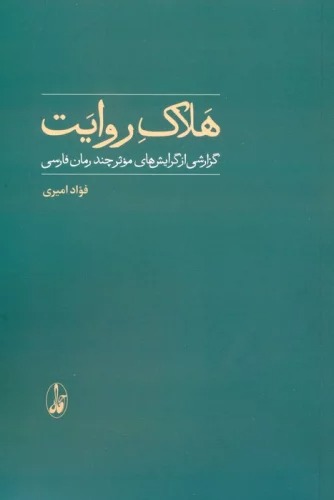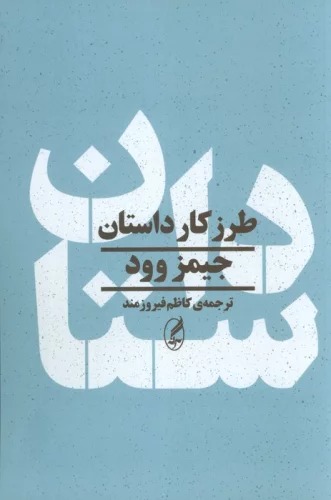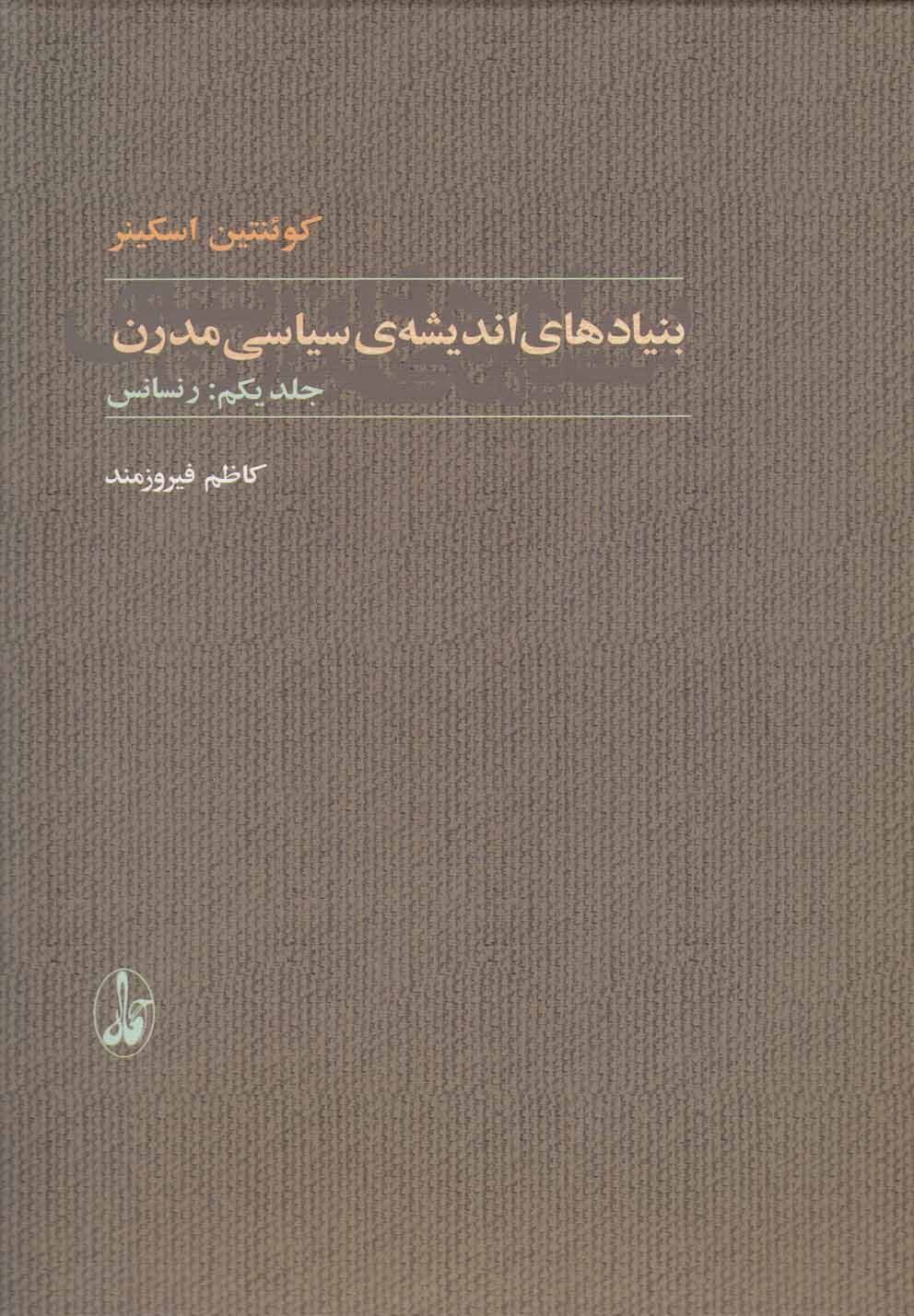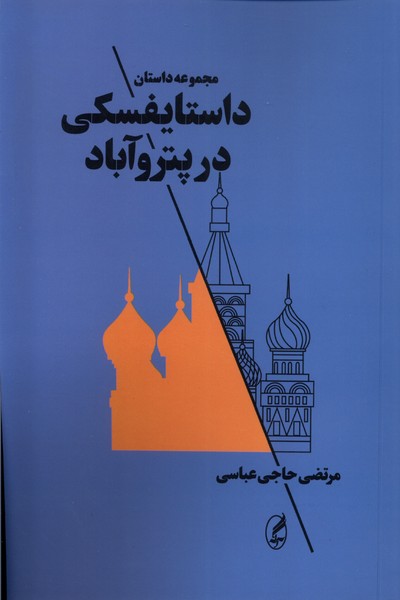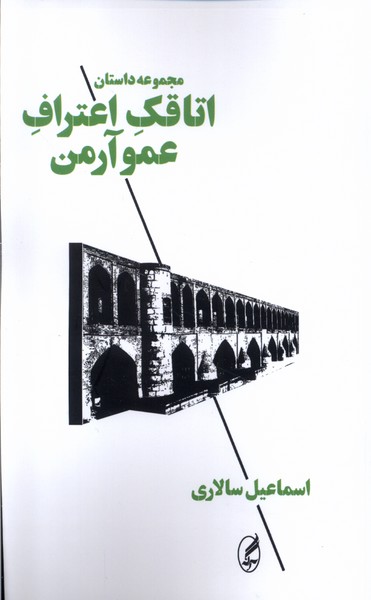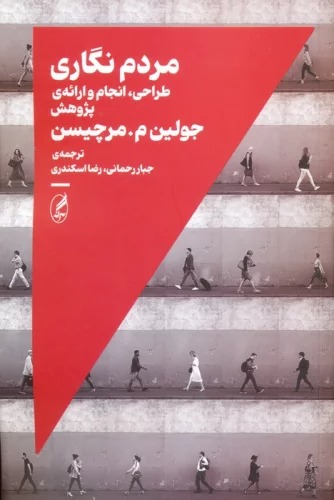سیمای معشوق و مفهوم ملیت در غیبت استعاره و پیرنگ الفارسية 1401
Sīmā-yi Ma'shūq va Mafhūm-i Millīyat dar Ghaybat-i Isti'ārah va Payrang
196 SEK
مشاركة
Wishlist
The metamorphosis of the lover's face has a close connection with the great mental transformations focused on the concept of nationality, politics, ethics, the function of language and metaphor, literary boutiques and the concept of stories and tales. In a word, the change in the face of the future lover is the whole view of the transformation of the attitude of the Iranian mind towards the world in which he lives.
It is stated in a part of the book:
"According to what is stated in the various texts of the first period before the 7th century, it seems that the highest frequency of emotions should be found in the concepts that are somehow connected with the search for the national identity of Iranians, the Persian language, national symbols, myths, the concept of the country and In our opinion, foreigners who have dominated Iran in periods are the most suitable categories for attention and the best tools for understanding the emotional and spiritual actions of Iranians. We have excluded aliens because before the Safaris and then with the narrowing of the Kharijites of Sistan, the Arabs stuck their religion in the eastern lands and returned to western Iraq, Hejaz and the Levant. They invented Arabic and spoke Persian, and even wrote Persian poetry like Rabia Dokhtar Ka'b Qazdari in the Rudaki period. In the field of intellectual productions such as philosophy, jurisprudence and history, although it was in Arabic, the share of Persian language increased. It was the time of the Turks who poured into Iran and left the greatest and longest impact on the political and spiritual fate of Iranians. The Iranians' hearts have never been Arab boys and girls, but the hearts of the Turks have not burned, and their hearts have not bled. Therefore, in this writing, the foreigner is a Turk, and another character whose appearance has had a very strange fate in the eyes of Iranians; Alexander the Macedonian."
more
دگردیسی سیمای معشوق پیوندی تنگاتنگ دارد با دگرگونی های بزرگ ذهنی معطوف به مفهوم ملیت، سیاست، اخلاق، کارکرد زبان و استعاره، بوطیقای ادبی و مفهوم داستان و قصه. در یک کلام، تغییر در سیمای معشوق آیندی تمام نمای دگرگونی نگرش ذهن ایرانی به جهانی است که در آن می زید.
در بخشی از کتاب آمده است:
" بنا به آنچه در متنهای گوناگون دوره اول پیش از سده هفتم آمده است به نظر می آید بیشترین بسامد بروز عواطف را باید در مفهومهایی جست که به نحوی با جست و جوی هویت ملی ایرانیان پیوند خورده است زبان فارسی نمادهای ملی اسطوره ها مفهوم کشور و بیگانگانی که در دوره هایی بر ایران سلطه یافته اند به نظر ما مناسبترین مقوله ها برای توجه و بهترین ابزار برای درک کنشهای عاطفی و روحی ایرانیان هستند. از آنجا که دامنه ی زمانی بررسی ما از قرن سوم به بعد است ما عربها را از شمول مفهوم بیگانه خارج کرده ایم زیرا پیش از صفاریان و سپس با محدود شدن حوزه ی عمل خوارج سیستان اعراب دین خود را در سرزمینهای شرقی جای گیر کرده و خود به غرب عراق و حجاز و شام بازگشته بودند، آنان هم که ماندند پس از مدت نسبتا کوتاهی زبان عربی را وانهادند و به فارسی سخن گفتند و حتی مانند رابعه دختر کعب قزداری هم دوره ی رودکی شعر پارسی سرودند. در زمینه تولیدات فکری ای مانند فلسفه و فقه و تاریخ نیز اگرچه به زبان عربی بود اما سهم زبان فارسی افزایش می یافت .در این دوران ترکان بودند که به ایران سرازیر شدند و عظیم ترین و طولانی ترین تأثیر را بر سرنوشت سیاسی و روحی ایرانیان گذاشتند .دلبر ایرانیان هرگز پسرکان و دخترکان عرب نبوده اند اما دلبران ترک چه جگرها که نسوختند و چه دل ها که خون نکردند. بنابراین در این نوشته بیگانه ترک است و شخصیتی ،دیگر که سیمایش نزد ایرانیان سرنوشتی بس غریب داشته است؛ اسکندر مقدونی."
more

